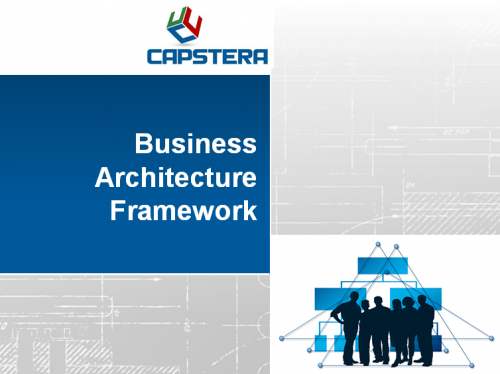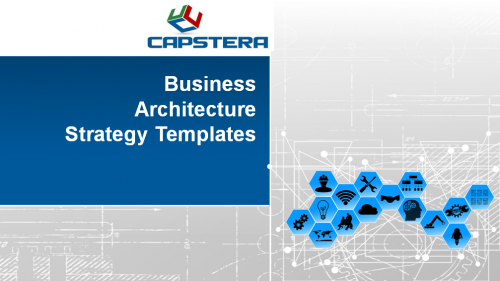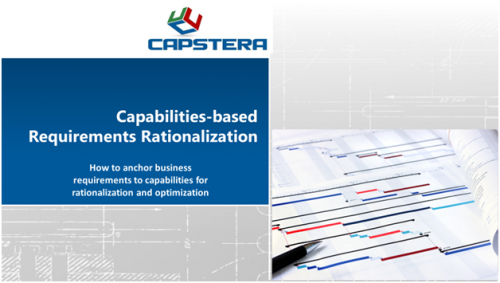
Business Architecture Tool Evaluation:
Functional Features: The specific features and functionality will depend on your goals and expectations.
-

Business Architecture Framework Template
-

Business Architecture Strategy Templates
- Business Process Modeling: Support for a variety of modeling notations (BPMN, UML, etc.) to capture, visualize, and manage business processes.
- Enterprise Architecture Frameworks: Support for standard EA frameworks like TOGAF, Zachman, etc.
- Gap Analysis: Identify and represent gaps in business processes, systems, and data.
- Business Capability Mapping: Ability to map business capabilities to organizational units, processes, applications, data, and technology.
- Application Portfolio Management: Tracking and management of software applications throughout their lifecycle.
- Strategic Alignment: Link business architecture artifacts to business strategies and objectives.
- Integration: Seamless integration with other business and IT systems.
- Versioning and History Tracking: Ability to manage different versions of models and track history.
- Reporting and Analytics: Advanced reporting capabilities to support decision-making processes.
- Collaboration Features: Multi-user editing, commenting, and collaboration tools.
- Risk Management: Capability to identify, assess, and manage enterprise risks.
- Project Portfolio Management: Managing the enterprise’s project portfolio and aligning it with the business strategy.
- Workflow Automation: Automation of various business processes.
- Decision Management: Capability to model and manage business rules and decision logic.
- Role-Based Access Control: Ensures secure access to data.
- Compliance Management: Manage and demonstrate compliance with industry regulations.
- Impact Analysis: Evaluate the potential impact of changes in the business architecture.
- Scenario Planning: Support for modeling and analyzing different business scenarios.
- Technology Portfolio Management: Manage and track the technology stack across the enterprise.
- Information Architecture: Support for modeling and managing business data and information flow.
- Business Performance Metrics: Monitor key business performance indicators.
- Knowledge Management: Document and manage business knowledge artifacts.
- User Customization: Ability to customize the tool to fit specific needs.
- Export/Import Data: Data interchange capabilities with various formats.
- Mobile Access: Ability to access and use the tool from mobile devices.
-

Business Architecture Framework Template
-

Business Architecture Strategy Templates
Non-Functional Features:
- Performance: Efficient performance under peak loads.
- Scalability: Ability to handle increasing amount of work and users.
- Availability: High system uptime, providing reliable access to services.
- Security: Protection of data and systems from breaches.
- Data Integrity: Ensure data is accurate, consistent, and reliable.
- Usability: Easy to learn and intuitive user interface.
- Accessibility: Complies with regulations and standards for accessibility.
- Portability: Ability to operate across different environments and platforms.
- Compatibility: Ability to work seamlessly with other software or hardware.
- Maintainability: Easy to correct flaws, improve performance or adapt to a changed environment.
- Flexibility: Ability to customize and adapt to changing business needs.
- Robustness: Ability to handle errors during execution and recover from them.
Other Evaluation Criteria:
- Vendor Viability: The vendor’s market presence, financial stability, commitment to the product, and customer satisfaction.
- Cost: Total cost of ownership, including licensing fees, training costs, maintenance costs, and any hidden costs.
- Implementation Considerations: Time and resources required for implementation, the complexity of setup, availability of vendor support during implementation, and migration capabilities from existing systems.
- Partnering: Availability of a strong ecosystem of partners for implementation support, integration services, and ongoing support. Also, consider the vendor’s willingness to co-develop and adapt to your specific needs.
- Training and Support: Availability and quality of user training, technical support, and online resources.
- Vendor Roadmap: Vendor’s future plans for the product include new features and updates.
- Reviews and References: Feedback from current users, customer reviews, and case studies.
- Regulatory Compliance: Adherence to industry-specific regulatory requirements.
-

Business Architecture Framework Template
-

Business Architecture Strategy Templates




